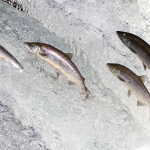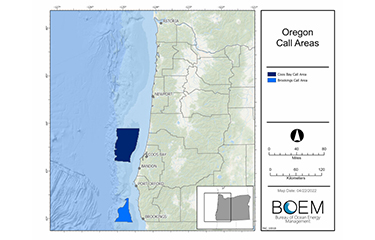Oregon Governor Tina Kotek and members of the U.S. state's congressional delegation have called on the U.S. Bureau of Ocean Energy Management to slow its planning process for offshore wind energy projects in order to better evaluate their impact on the environment and Oregon’s economy.
“Many valid questions and concerns remain about floating offshore wind,” Kotek wrote in a June 9 letter to BOEM director Elizabeth Klein. “These must be addressed transparently before we can support proceeding further toward any substantial development decisions on the Oregon coast.”
The letter was also signed by Oregon's two U.S. senators, Ron Wyden and Jeff Merkley, and U.S. Rep. Val Hoyle and U.S. REp. Suzanne Bonamici, all Democrats. Their concern is a sign of a subtle but potentially significant shift from generally strong support for the Biden administration’s wind energy priorities among Democratic leaders in coastal states.
Kotek and the legislators said they support taking action on climate change and that ocean wind power could be part of that.
“However, any offshore wind project must be done responsibly and in collaboration with local communities, including fishing and tribal stakeholders,” they wrote.
The politicians’ letter follows weeks of pressure from Oregon fishing and tribal groups who say BOEM is moving too fast to outline future offshore leases in two call areas off the state’s coast.
The Affiliated Tribes of Northwest Indians asked BOEM for a halt in the process. At its March meeting in Seattle, the Pacific Fishery Management Council called on the agency to completely set aside the planning process and start anew, using more planning tools “to minimize siting impacts to fisheries and ecosystem resources.”
The council said BOEM should rescind its previous mapping of the Brookings and Coos Bay call areas, and “restart the process to identify call areas and consider all water off Oregon from 12 miles and beyond, including waters that are greater than 1,300 meters in water depth, and using marine spatial planning tools to minimize siting impacts to fisheries and ecosystem resources.”
The council said BOEM should “exclude from further consideration all offshore banks and seamounts and require an adequate buffer zone surrounding them as determined by collaborative work” among the council and state and federal agencies.
Reporting by Kirk Moore
Photo courtesy of the Bureu of Ocean Energy Management







